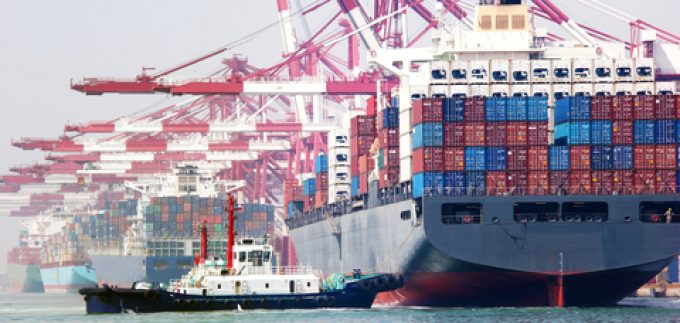Transpacific drop illustrates shifting global container trade patterns
Container volumes between the Far East and North America dropped 14.8% year on year in ...

The outlook for the global container shipping trades continues to darken, according to Drewry’s latest container forecaster, which is predicting an industry-wide $15bn loss for next year.
Drewry’s senior manager container research, Simon Heaney, today presented a “pessimistic” outlook for the liner industry, predicting a 60% ...
CMA CGM South Korean staff strike over bonuses after bumper 2024 profit
MSC switches two more Asia-Europe port calls from congested Antwerp
Ports and supply chain operators weigh in on funding for CPB
Nightmare for Bangladeshi exporters as congestion and tariffs bite
Carriers introduce surcharges as congestion builds at African ports
Box ship overcapacity threat from carrier appetite for new tonnage
CMA airline returns two freighters, while ANA takeover of NCA looms
Tradelanes: Export boom in Indian sub-continent triggers rise in airfreight rates

Comment on this article